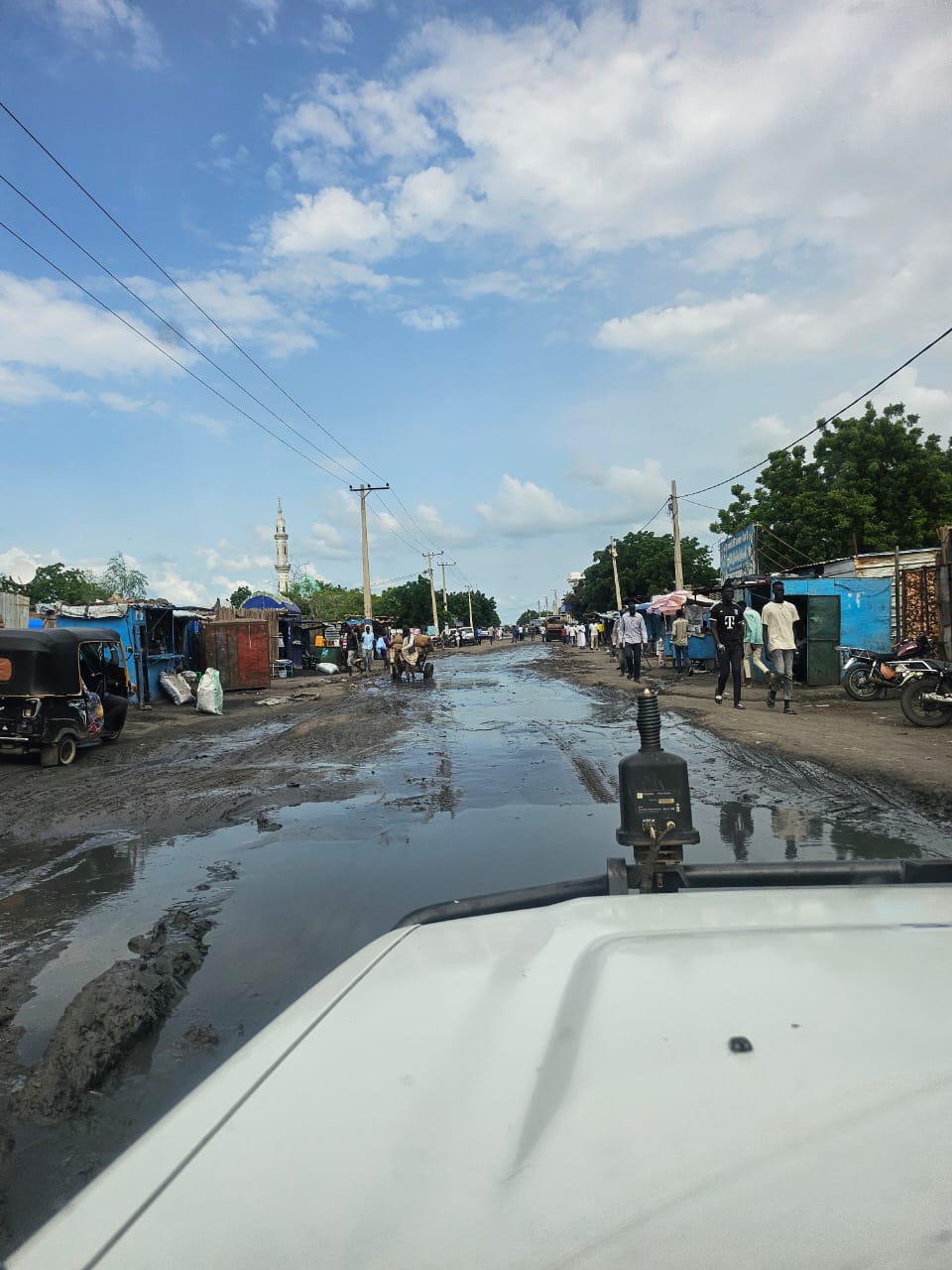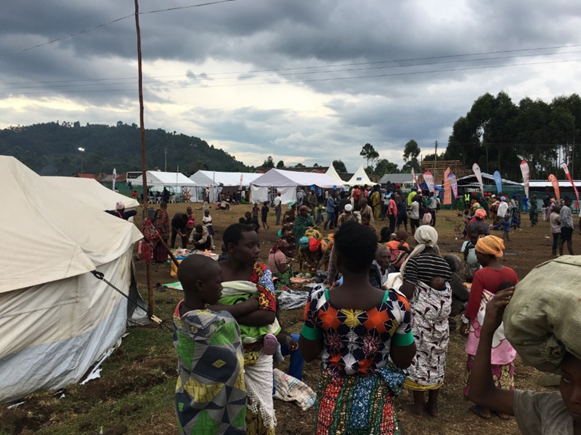Emergency Response
Rapid, coordinated humanitarian assistance to communities affected by crises, disasters, and emergencies across Africa.
Our Emergency Response Approach
We implemented a pyramid of care, integrating emergency psychosocial interventions with community-driven solutions.
Clinical & Specialized Care (Top Layer)
- Identified and referred individuals with severe mental distress, including PTSD.
- Provided psychiatric care, medication adherence support, and counselling for caretakers.
Focused Emotional & Practical Support
- Delivered Psychological First Aid (PFA) to newly displaced persons with trauma symptoms.
- Linked distressed individuals to partner services (health, SGBV response, child protection, legal aid).
Community & Family Support
- Conducted psychoeducation sessions on stress, coping, and trauma awareness.
- Engaged youth groups in resilience-building through football, music, dance, and drama.
- Facilitated focus group discussions with women, youth, and elderly groups to identify needs and foster self-help.
- Trained community leaders and structures in Psychological First Aid to strengthen referral pathways.
Basic Services & Dignity Protection (Foundation Layer)
- Worked with UNHCR and partners to ensure shelter, food, water, health services, and safety.
- Paid special attention to vulnerable groups: survivors of SGBV, elderly, persons with disabilities, unaccompanied minors, and marginalized communities.
Recent Emergency Response
Asylum seekers in Nyakabande
Active ResponseSince mid-2021, violence in Eastern DRC has displaced thousands, forcing families to cross into Uganda in search of safety. This steady influx pushed UNHCR and OPM to declare an official emergency. READ MORE ‘’ Nyakabande Transit Centre is situated on 35 acres (0.15 square miles) and is located 5 km from Kisoro town and 18 km from the Bunagana border in Kisoro District, Southwest Uganda. The centre was officially re-opened to respond to the increased arrivals from the Democratic Republic of Congo (DRC), with an initial holding capacity of 500 individuals. Its maximum potential capacity is now estimated at 30,000, according to UNHCR and the Office of the Prime Minister (OPM).

Emergency Preparedness
Building Resilient Communities
Prevention and preparedness are key to reducing the impact of emergencies. We work with communities to:
- Early Warning Systems: Establish community-based early warning networks
- Disaster Risk Reduction: Train communities in disaster preparedness and response
- Emergency Planning: Develop community emergency response plans
- Capacity Building: Train local emergency response teams
- Infrastructure Resilience: Support climate-resilient infrastructure development

Support Emergency Response
Your donation helps us respond quickly to emergencies and save lives. Every contribution makes a difference in times of crisis.